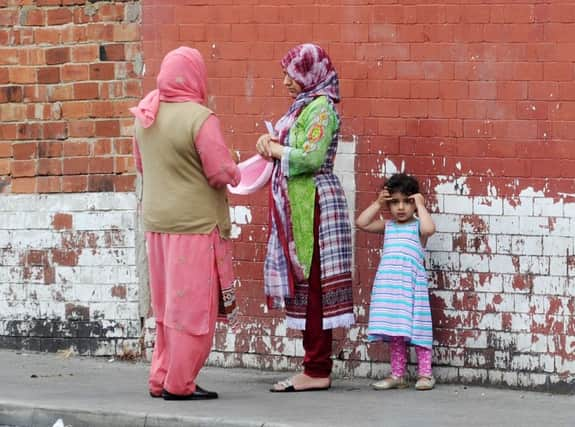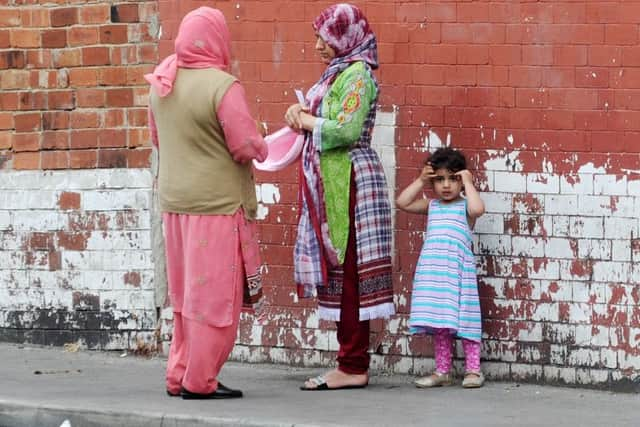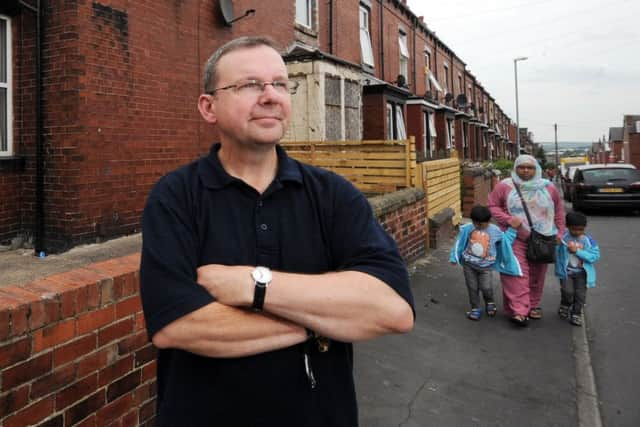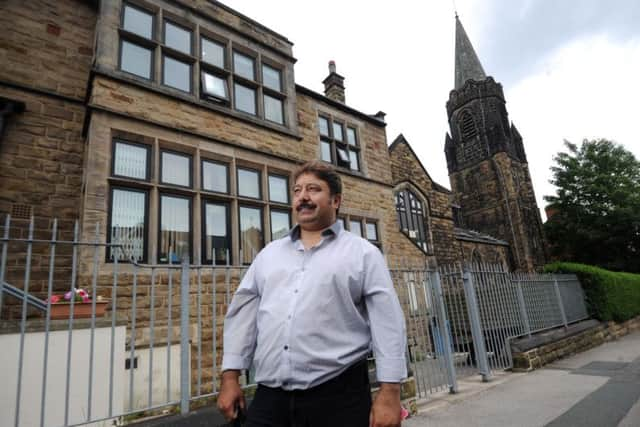Video special: Beeston, Leeds - 10 years after 7/7


A century later the streets surrounding the imposing Gothic building thronged again, not with worshippers but with journalists, police and others drawn by the terrible events of July 7, 2005.
Those who had never heard of Beeston were suddenly talking about it for the worst possible reasons: Mohammad Sidique Khan and Shehzad Tanweer – two of the suicide bombers who had detonated explosives on London’s transport system – had lived there; a third, Hasib Hussain, was from nearby Holbeck.
READ MORE...


Advertisement
Hide AdAdvertisement
Hide Ad

In the weeks after the London bombings, countless pieces were written about the area, many in unflattering terms. The subtext to some of what was said was that Beeston’s community was in some way responsible for breeding terrorists.
Advertisement
Hide AdAdvertisement
Hide AdJeremy Morton, who has lived in the area for three decades and is one of the organisers the annual Beeston Festival, says: “One of the problems we had is that the word ‘Beeston’ alliterates really nicely with the word ‘bombers’, so it’s a handy tag – forget that one of them was from Holbeck and one of them was from High Wycombe and those kinds of detail.
“But if you look at how Beeston reacted immediately, that was the real Beeston. I vividly remember standing on Tempest Road with hundreds of other people from all walks of life and we held a vigil that was very well supported, there was a peace march down into the city centre, there was a coach trip down to Kings Cross to lay flowers at the memorial. That was the real Beeston.
“We did get upset that we were being portrayed as this seat of terrorism.”


Among those who bore the brunt of that depiction were members of Beeston’s sizeable Muslim community.
Advertisement
Hide AdAdvertisement
Hide AdMahboob Nazir, a prominent community figure and member of Leeds Faith Forum, is “Beeston born and bred” after his parents moved to England from Pakistan. His grandfather was a member of the Indian army which assisted Allied forces in the Second World War.
He also happens to attend the Hardy Street mosque, which once had a gym used by Khan, and went to the same school as two of the bombers.
Mr Nazir, 39, said: “What happened was totally unexpected, I still can’t believe it happened.
“There was a lot of negative feeling towards the community of Beeston, particularly the Muslim community, from the media.
Advertisement
Hide AdAdvertisement
Hide Ad“There was an assumption that we had something to do with it. We were equally affected by this like every other member of the community. But we felt like we were being tarnished because these perpetrators were part of a particular faith. It was very unfair because the Muslim community has contributed to this country many fold.
“These were bad people and they came from the community but they did not represent it.”
He insists that the actions of the bombers from Leeds were entirely unpredictable – as are those of others who have followed a similar path in the decade since.
“I have yet to meet a person that wants to go out and behead someone or bomb someone. Not even whispering in my ear, and I move in a lot of circles,” he said.
Advertisement
Hide AdAdvertisement
Hide AdThe legacy of negative stereotyping is still felt by young Muslims growing up in Beeston.
An 18-year-old son of a white British mother and a Pakistani father told the Yorkshire Evening Post the initials PHC - adopted by a racist gang in the aftermath of 7/7 – were still occasionally seen sprayed on walls.
But the young man, who did not want to be named, said friends of his from both Asian and white backgrounds happily mixed. “Sometimes my Muslim friends will say ‘as-salamu alaykum’ (peace be upon you) to me and then I will tell them to say it to my white friends as well,” he said. “They think that’s funny, but no-one has any problem.”
On the other hand, Gohar Almass, secretary of the South Leeds Community Alliance, believes divisions continue to exist in Beeston.
Advertisement
Hide AdAdvertisement
Hide Ad“I don’t think we have moved on in the last 10 years at all,” he said. “If any movement has happened it’s in the reverse direction. There’s a lot of lip service being done, a lot of boxes being ticked, but look at the state of Beeston, look at what’s going on. Look at the rate of unemployment, crime, deprivation. People don’t feel as if they belong. People look at me and associate me with terrorists. That’s an insult to me, an assumption.”
There are those, however, who offer a more optimistic view.
Sitting inside Holy Trinity Church, Ed Carlisle, a passionate advocate of life in Beeston, says people continue to pull together.
The church now stands empty – its dwindling congregation having departed in 2012 – but Mr Carlisle, 36, is among a group of people hoping to turn it into a community facility.
He said: “This is a fantastic resource at the heart of the community and people are literally banging down the door to use it. There’s a real spirit of co-operation, community-mindedness and togetherness.
“Beeston does have its challenges, but it’s the best place I have ever lived.”